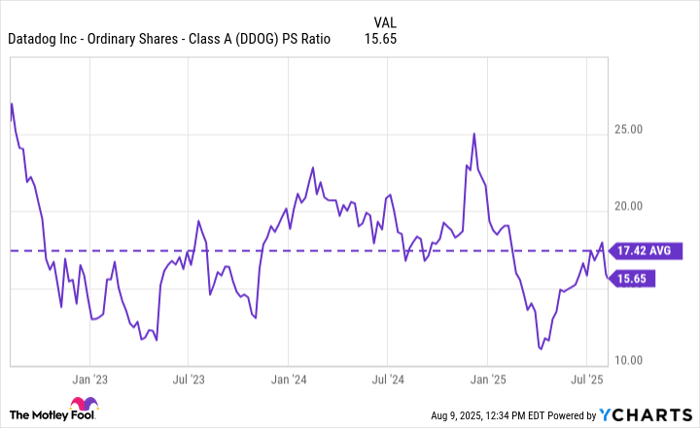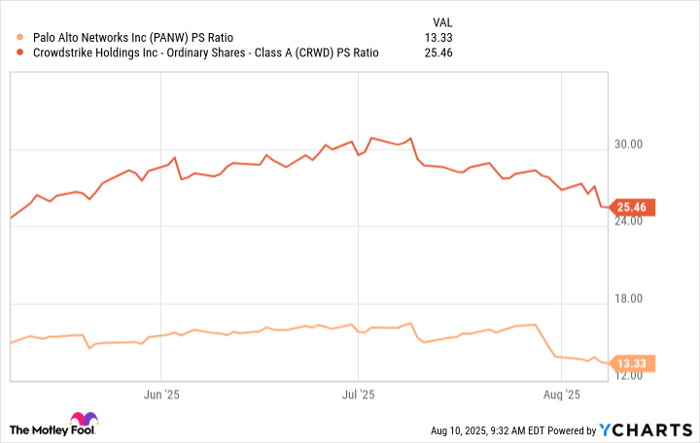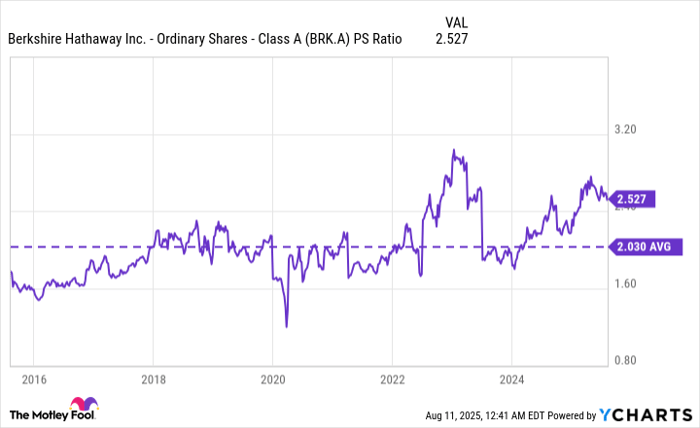Retirees in These 9 States Risk Losing Some of Their Social Security Checks
Key Points
First, the good news: Most states these days do not tax Social Security benefits.
For those states that do, it's often with a light touch, like taxing higher-income retirees.
Still, Social Security benefits may not be as generous as you expect, so plan ahead.
"I'm proud to pay taxes in the United States; the only thing is, I could be just as proud for half the money." -- Arthur Godfrey
No one loves paying taxes, but they do keep our schools and courts and other things running. Still, it's worth learning more about our tax system in order to keep as much of your money in your own pocket. That can be especially important when you're retired and living on a limited income.
Where to invest $1,000 right now? Our analyst team just revealed what they believe are the 10 best stocks to buy right now. Continue »

Image source: Getty Images.
Most retirees are lucky when it comes to the taxation of Social Security benefits, as only nine states currently tax them. Don't get too worried if you happen to live in one of them, though, as many tax with a light touch. Here's a closer look at the issue.
The nine states that tax Social Security benefits
Without further ado, here are the nine states:
- Colorado
- Connecticut
- Minnesota
- Montana
- New Mexico
- Rhode Island
- Utah
- Vermont
- West Virginia
There's probably no need to relocate if you live in one of those states (although relocating for retirement can be a smart move for some folks). That's because each state has a different policy and your Social Security benefits may not be taxed much or at all. Some states, for example, exclude those of a certain age or those with incomes under a certain threshold from being taxed much or at all.
For example, in West Virginia, those with federal adjusted gross income (AGI) of $50,000 or less, or couples filing jointly with AGI of $100,000 or less, will not have their Social Security benefits taxed. And by 2026, it's expected that all Social Security income in West Virginia will not be taxed.
Meanwhile, Colorado residents aged 65 and older are exempt from taxes on their Social Security benefits. And a new law is exempting those aged 55 to 64 if their adjusted gross incomes are below certain levels, beginning with the 2025 tax year.
Unfortunately, there's still Uncle Sam...
While most states now exclude Social Security benefits from taxation, that's not the case with our federal government. Your benefits may end up taxed on a federal level -- up to 85% of them, that is:
|
Filing As |
Combined Income* |
Percentage of Benefits Taxable |
|---|---|---|
|
Single individual |
Between $25,000 and $34,000 |
Up to 50% |
|
Married, filing jointly |
Between $32,000 and $44,000 |
Up to 50% |
|
Single individual |
More than $34,000 |
Up to 85% |
|
Married, filing jointly |
More than $44,000 |
Up to 85% |
Data source: Social Security Administration.
*Your "combined income" is your adjusted gross income plus non-taxable interest, plus half of your Social Security benefits.
Do note that the table above does not show a tax rate of 50% or 85%. You won't pay 50% or 85% of your benefits in taxes. Instead, those are the portions of your benefits that might end up taxed, depending on your income.
President Donald Trump's One Beautiful Bill Act offers a new deduction of $6,000 for older Americans that can help offset any taxes paid on Social Security benefits.
Before you get very worked up about any taxation of any benefits, know that for most of us, Social Security benefits, while vital, are not that generous. The average monthly Social Security retirement benefit was $2,005 as of June, amounting to about $24,000 annually.
Most of us need to have a good retirement plan in place, arrived at after we estimate how much income we'll need in retirement and how we'll get it. Most of us should be saving and investing effectively for many years to amass hefty nest eggs. It's also smart to set up multiple income streams in retirement -- perhaps from sources such as dividends, annuities, and interest.
The $23,760 Social Security bonus most retirees completely overlook
If you're like most Americans, you're a few years (or more) behind on your retirement savings. But a handful of little-known "Social Security secrets" could help ensure a boost in your retirement income.
One easy trick could pay you as much as $23,760 more... each year! Once you learn how to maximize your Social Security benefits, we think you could retire confidently with the peace of mind we're all after. Join Stock Advisor to learn more about these strategies.
View the "Social Security secrets" »
The Motley Fool has a disclosure policy.





















